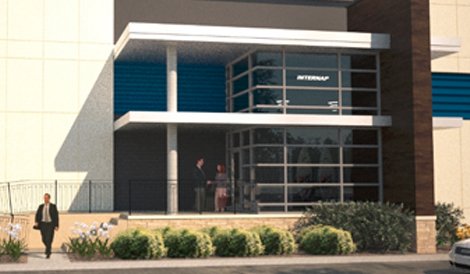Internap plans to become a “top five pure-play” IT infrastructure services provider by purchasing Canadian hosting provider iWeb.
It plans to pay about US$145m for the company to create a provider that will end up with more than US$320m in trailing 12-month revenue.
US-based Internap has a global footprint of data centers already, many of these are in the US, and iWeb will add four data centers in Montreal to its global reach.
The Canadian company finished its fiscal year in September with revenue of US$44m and $11m EBITDA.
The company focusses largely on dedicated and cloud hosting, and like Internap it builds its platform based on OpenStack technologies.
“As the offerings are integrated, the combined customer base will benefit from one of the most compelling bare-metal cloud and hybrid hosting portfolios in the industry,” Internap said.
It said once the deal goes through, it will double its Infrastructure-as-a-Service R&D resources – iWeb is already known as one of the top 25 code contributors to the OpenStack Foundation project.
Internap said it expects the deal, which is being managed by Jefferies LLC and The Bank Street Group (for iWeb) will close in December this year.
451 Research Infrastructure Services analyst Carl Brooks said the deal is just one taking place in a changing s IT infrastructure landscape.
He said there is a growing trend for acquisitions and consolidation among existing providers.
“Internap is gaining a new geographic foothold by acquiring a business that it understands very well in iWeb,” Brooks said.
Just this week NTT Communications bought an 80% stake in US data center provider RagingWire, which gained it a bigger foothold in the US market.
Internap itself acquired cloud provider Voxel in December 2011 for its own bare metal cloud offerings.
Internap president and CEO Eric Cooney said the iWeb deal will open the company up further to the SMB market, which iWeb largely plays in.
“iWeb fits perfectly into our strategy to deliver a comprehensive portfolio that can serve the needs of our customers at every stage of their business lifecycle, from an initial start-up wanting a single dedicated server to a scale-out Internet app provider or global enterprise requiring a hybrid solution across multiple data centers around the world,” Cooney said.

